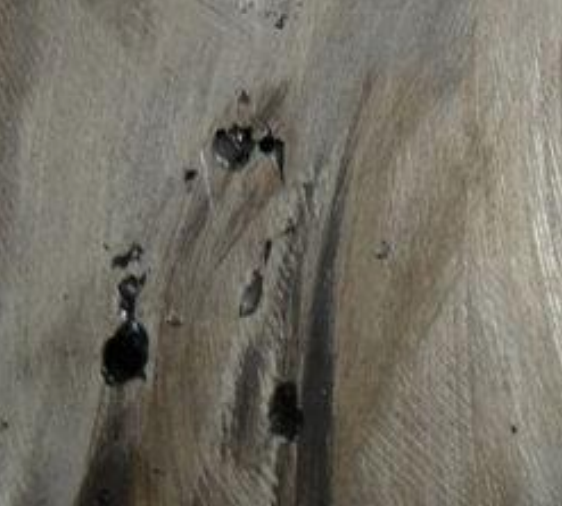NADCA EC-515 Die Casting Defects Course Review
- Hill and Griffith

- Jul 5, 2017
- 3 min read
Basics for controlling die casting defects - By Dr. Steve Midson
The scrap report should be available to everyone in the plant. In fact, it should be posted on the bulletin board so everyone can see it.
The scrap reporting system must be set up for those who have to make improvements, not just for the front office.
You can’t correct and control defects without first measuring and reporting them.
The daily scrap report must have the following features as a minimum:
1. It must be available first thing in the morning for the previous day
2. It must categorize scrap (as a minimum): By defect type, By part number, By die, By shift, By operator, By machine.
• The scrap reporting system should show long term trends and be able to predict the customer rejects based on the current scrap activity -Pareto charts are good ways to show the problems • The report should include defects that are not detected until the parts are downstream - and a system developed so these defects can be tracked to the shift and machine that produced them • All shots should be reported, even warm-up and scrap that is returned to the furnace at the machine (they cost in die life) • The process is complex, and a continuous reporting system must be set up to provide real time feedback and effective process control if defects are to be controlled. • The two major defects in die casting are surface quality and porosity. Both of these require judgment decisions about severity. This means a method of measuring the severity of defects is a requirement and must be devised for many situations. A rating system is intended to tell you if the defect problems are getting better or worse, or whether changes made in the process are making a difference. What you are looking for is the ability to track any changes or trends, and to know when corrections are needed. This system also allows corrections to be made before the defect level becomes a crisis. The standards used for the rating system may not coincide with the customer standards or the quality dept. Ratings; they are for a different purpose and do not need to coincide. • For example, you may rank a porosity defect from the worst to the best with rankings from 1 to 5. A capability study could be done as follows: Take 6 sets of samples of 5 sequential castings at intervals of 1/2 hr to 2 hr. Rate each casting and average the total. This gives the average quality level; this should be checked against similar studies to determine if the process is improving or degenerating • One of the most difficult problems in developing a rating system is finding a method of reporting and rating porosity. The most typical methods are x-ray, machining, or sawing. • A cheap and effective method is to use an old lathe to approximately duplicate the customer’s machining. • Always select examples for the rating system and save them. They must not be used for any other purpose. • Thus defect corrections must start with a good scrap reporting system • Developing this system may start with defining the names of defects, which means a document or board with samples and names of defects • Bottom line: YOU CAN’T IMPROVE IT IF YOU CAN’T MEASURE IT!

(In the coming weeks, we'll be reviewing the defects that relate to die casting release and plunger lubrication.)
1. Surface defects
2. Laminations
3. Gas porosity
4. Blisters
5. Shrink porosity
6. Sinks
7. Leakers
8. Cracks
9. Inclusions
10. Solder
11. Carbon
12. Erosion/cavitation
13. Outgassing
14. Bending/warping
15. Flash
16. Stained castings
17. Waves/lakes
18. Drags
19. Ejector pin defects
20. Cold flake
21. Excessive flux
(If you liked this article you might also like this post on , "Die Casting Defects")









Comments